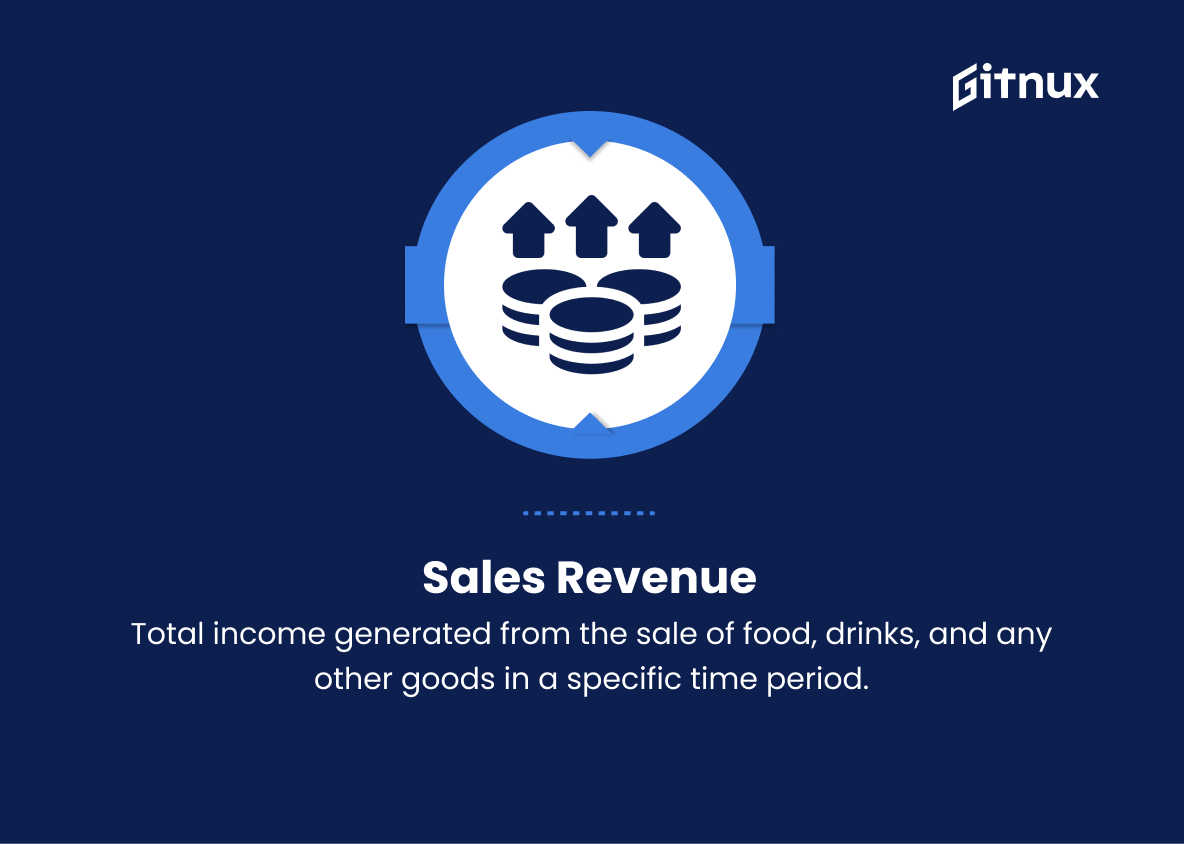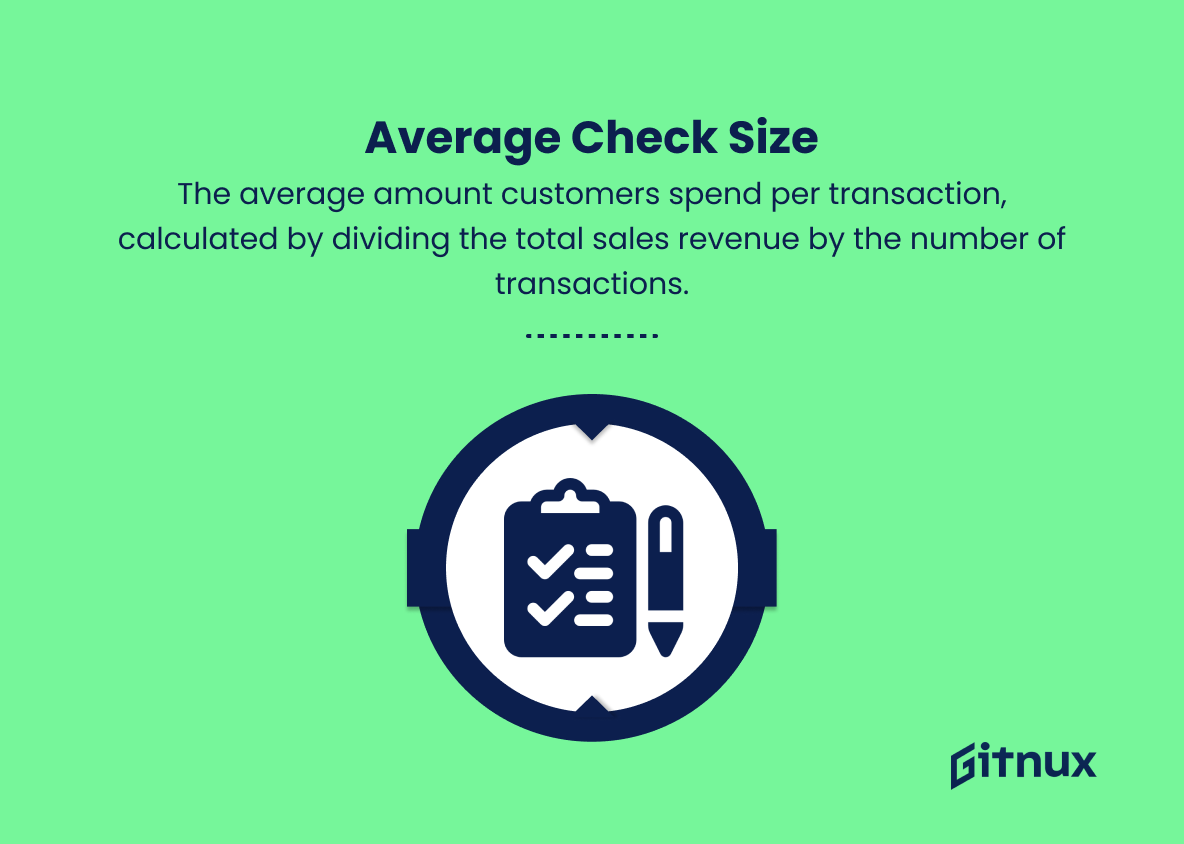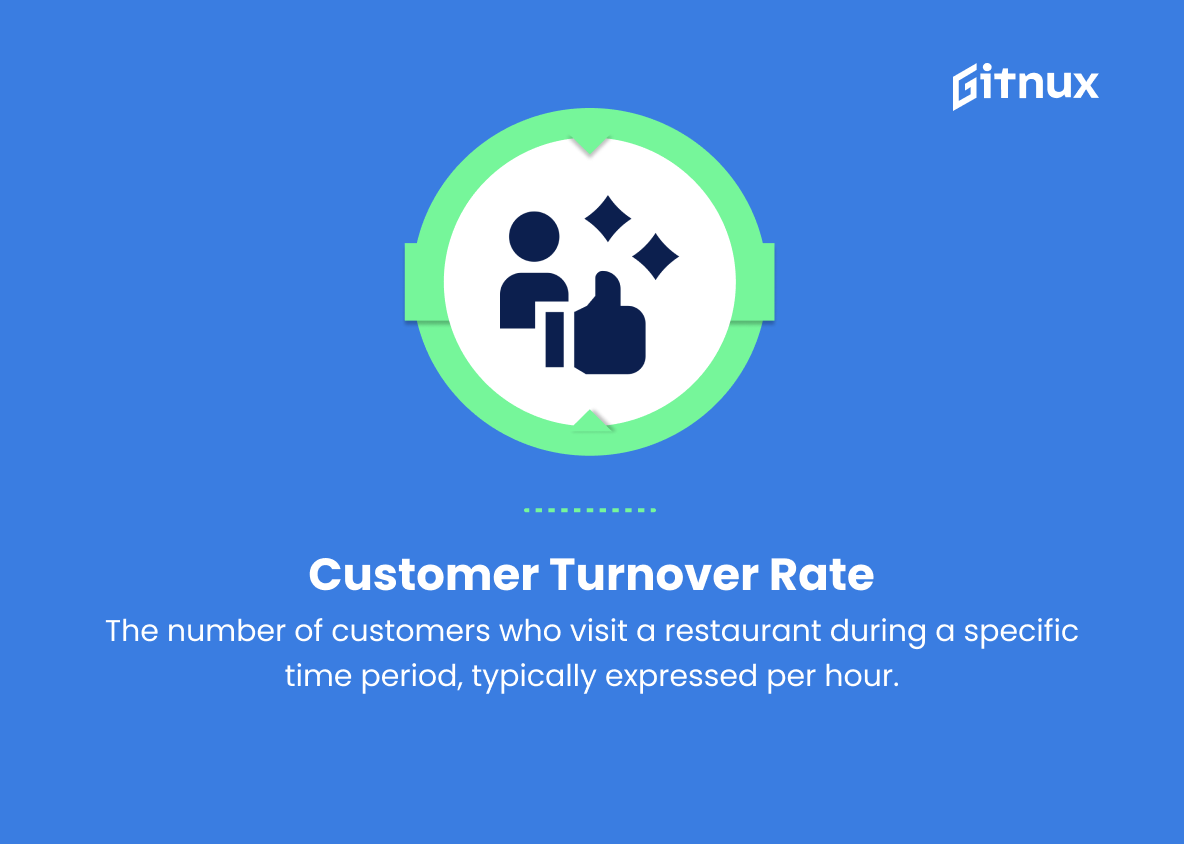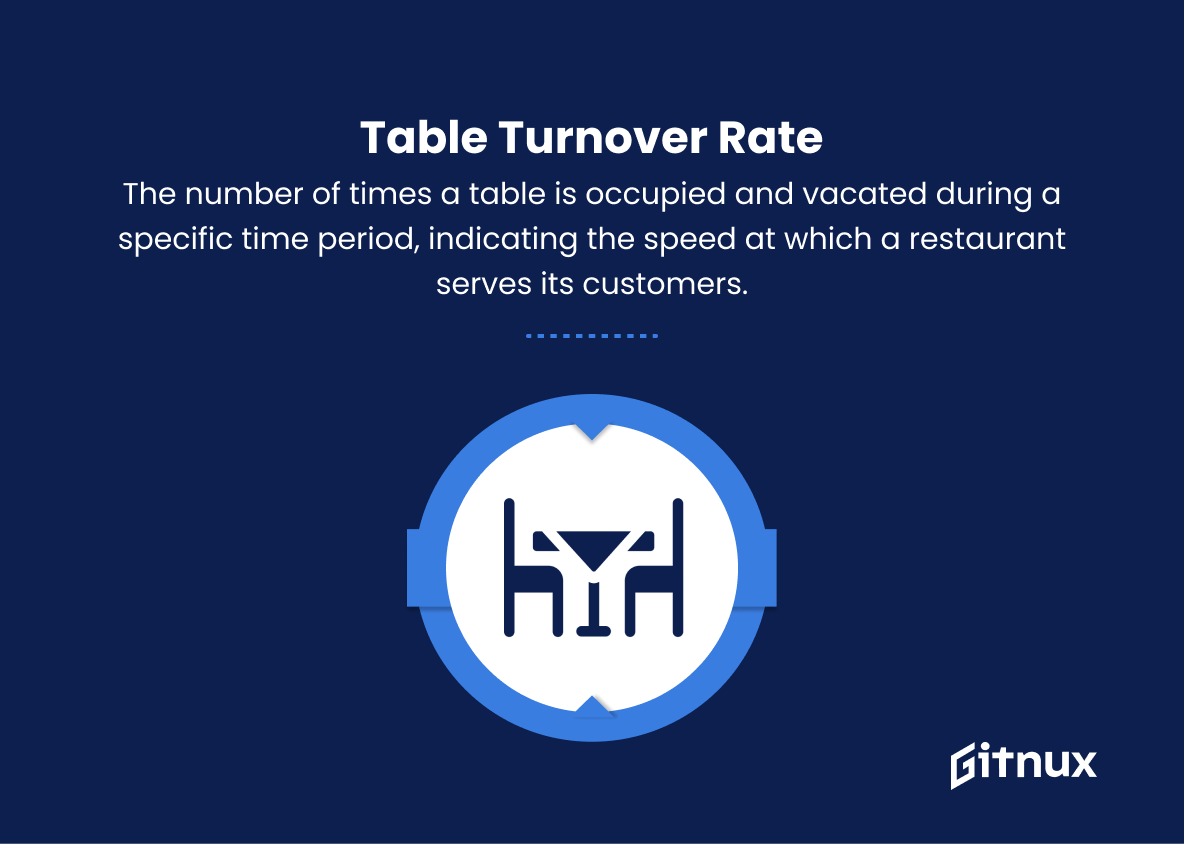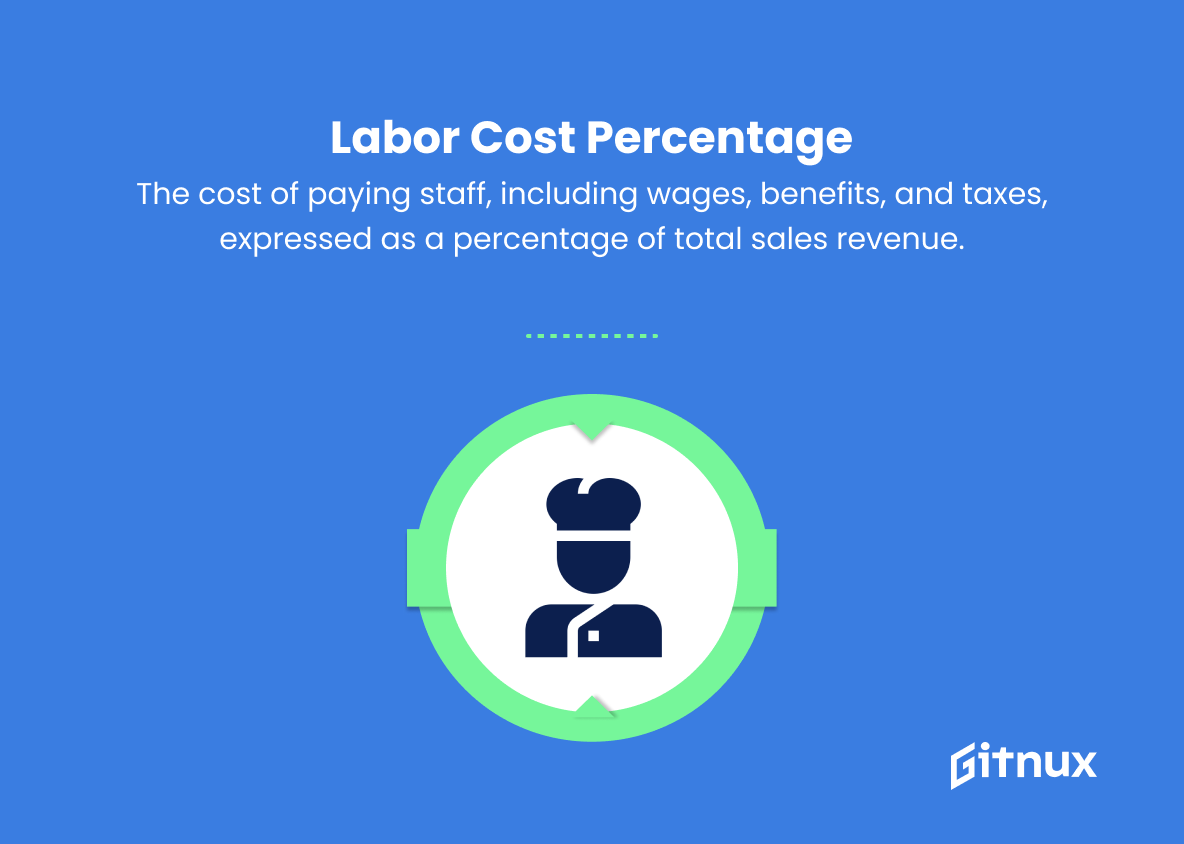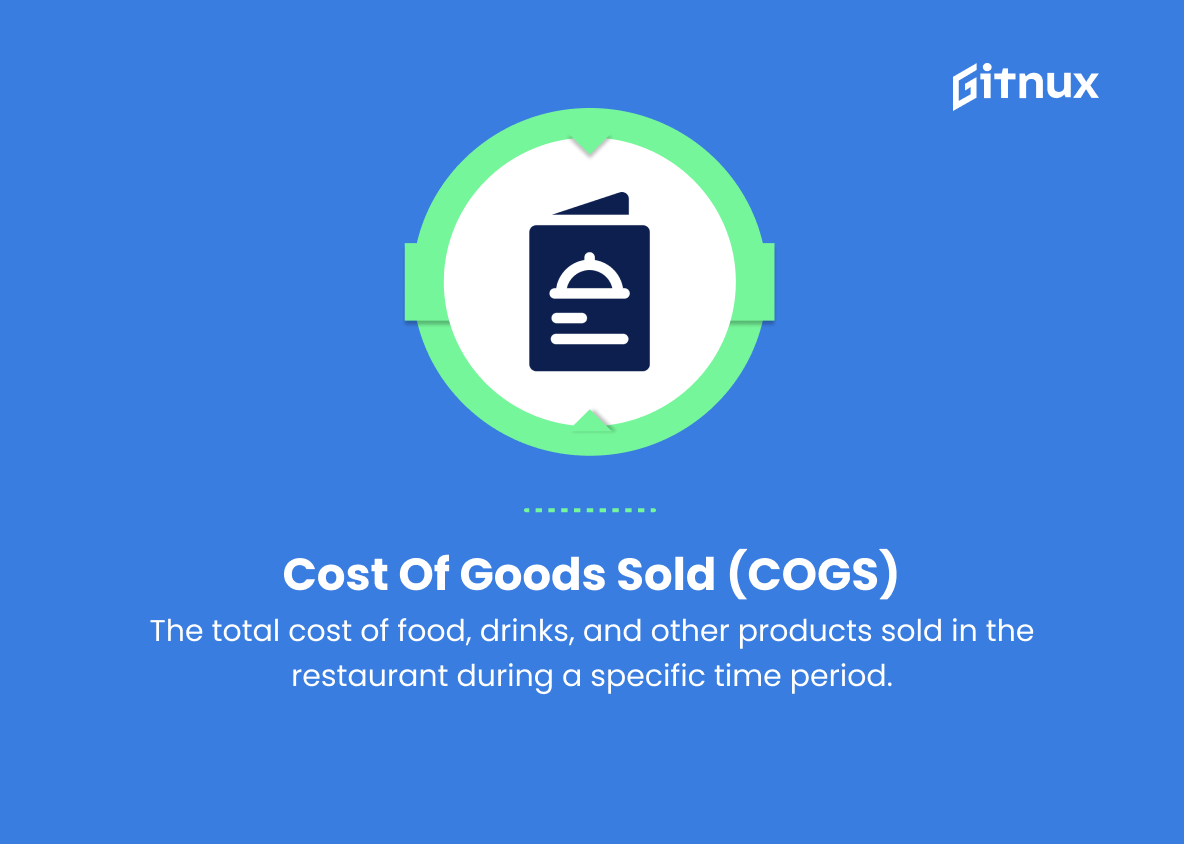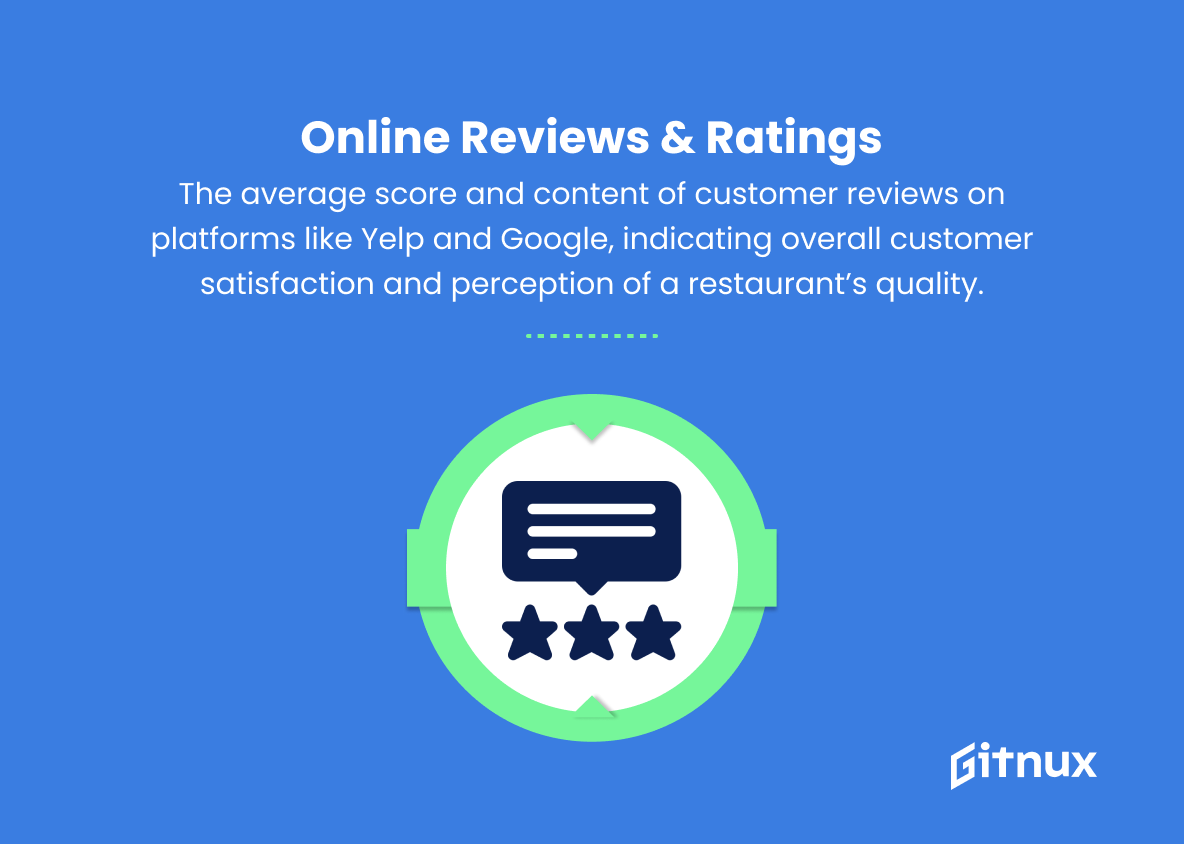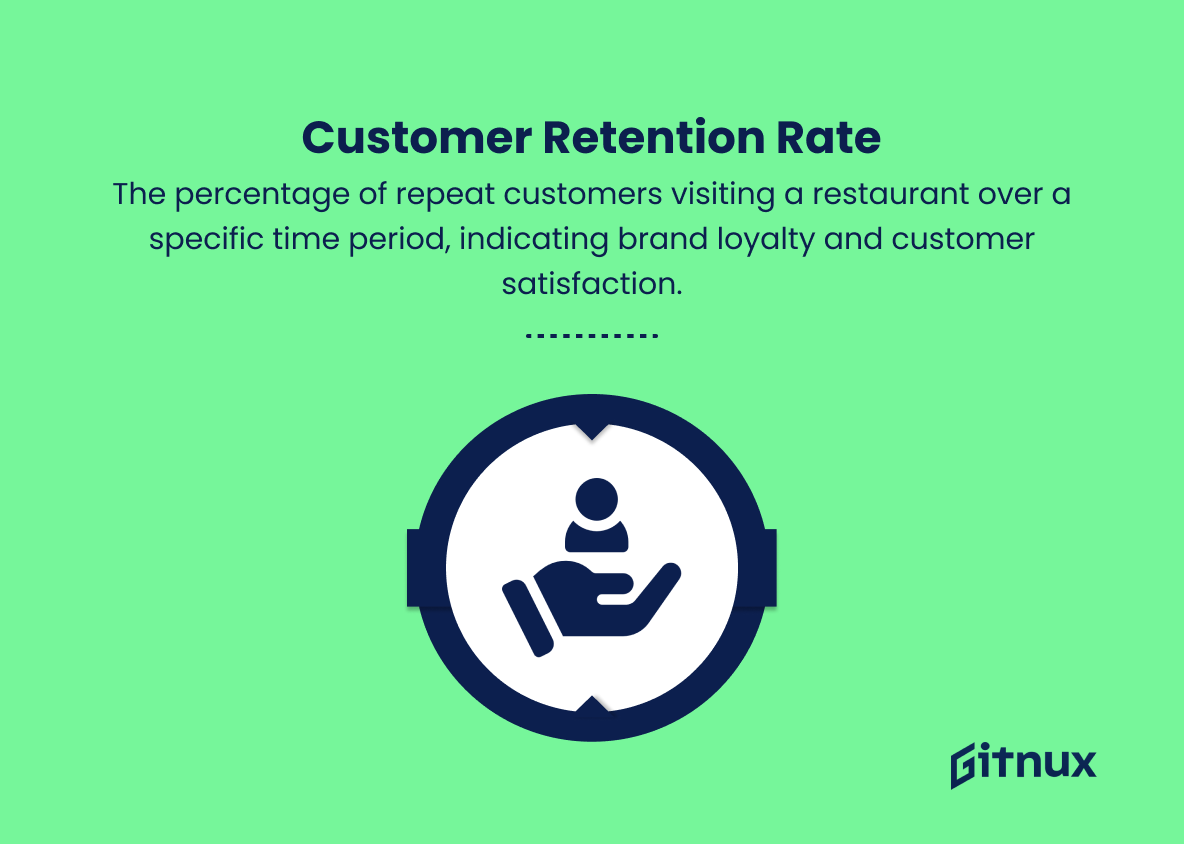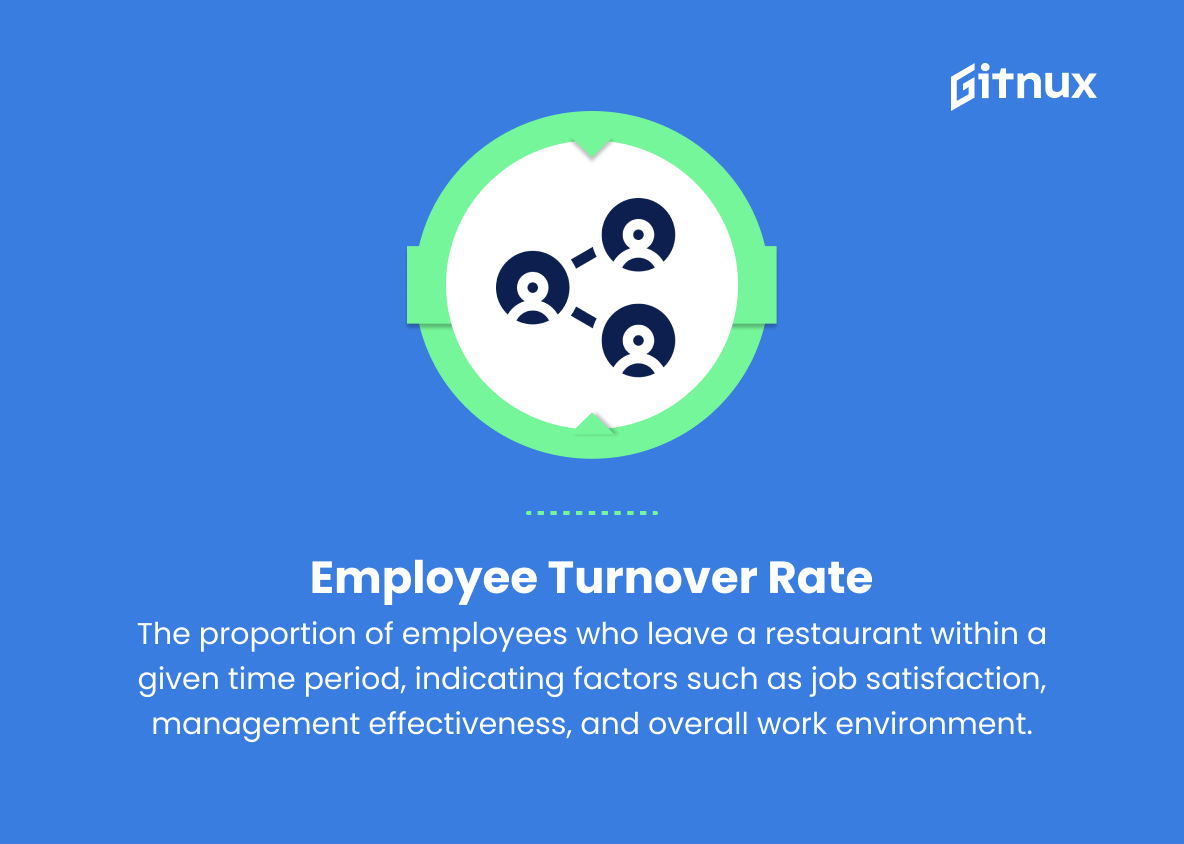In the increasingly competitive and dynamic landscape of the restaurant industry, staying ahead of the curve and ensuring consistent growth is paramount for every restaurant owner or manager. This is where the importance of restaurant performance metrics comes into play. As a vital component of effective restaurant management, these key performance indicators (KPIs) provide valuable insights into your business operations, helping you identify trends, opportunities, and areas for improvement.
In this comprehensive blog post, we will delve deep into restaurant performance metrics, discussing their significance, types, calculations, and tips to optimize them for the continuous success of your food and beverage establishment. Stay tuned, as we equip you with the essential knowledge and tools to drive informed decision-making and unlock the full potential of your restaurant.
Restaurant Performance Metrics You Should Know
1. Sales Revenue
Total income generated from the sale of food, drinks, and any other goods in a specific time period.
2. Average Check Size
The average amount customers spend per transaction, calculated by dividing the total sales revenue by the number of transactions.
3. Customer Turnover Rate
The number of customers who visit a restaurant during a specific time period, typically expressed per hour.
4. Table Turnover Rate
The number of times a table is occupied and vacated during a specific time period, indicating the speed at which a restaurant serves its customers.
5. Food Cost Percentage
The cost of ingredients used to make a dish, expressed as a percentage of the dish’s selling price.
6. Labor Cost Percentage
The cost of paying staff, including wages, benefits, and taxes, expressed as a percentage of total sales revenue.
7. Gross Profit Margin
The difference between total sales revenue and cost of goods sold, indicating a restaurant’s profitability before considering other expenses.
8. Net Profit Margin
The percentage of sales revenue that remains after deducting all expenses, indicating a restaurant’s overall profitability.
9. Cost of Goods Sold (COGS)
The total cost of food, drinks, and other products sold in the restaurant during a specific time period.
10. Occupancy Rate
The percentage of the restaurant’s total available seating that is occupied during a specific time period.
11. Server Efficiency
A measure of how effectively a restaurant’s serving staff manages their assigned tables, typically calculated by the number of tables served per server or the overall speed of service.
12. Online Reviews & Ratings
The average score and content of customer reviews on platforms like Yelp and Google, indicating overall customer satisfaction and perception of a restaurant’s quality.
13. Social Media Engagement
The level of interaction on a restaurant’s social media platforms, such as likes, shares, comments, and followers, indicating brand awareness and customer loyalty.
14. Customer Retention Rate
The percentage of repeat customers visiting a restaurant over a specific time period, indicating brand loyalty and customer satisfaction.
15. Employee Turnover Rate
The proportion of employees who leave a restaurant within a given time period, indicating factors such as job satisfaction, management effectiveness, and overall work environment.
16. Menu Item Popularity
The percentage of ordered items compared to total menu offerings, indicating the popularity of specific dishes and helping inform future menu adjustments.
17. Revenue Per Available Seat Hour (RevPASH)
A measure that calculates the average revenue generated by an available seat per hour, indicating the efficiency of a restaurant’s space utilization.
Restaurant Performance Metrics Explained
Restaurant performance metrics are crucial in evaluating the overall success and efficiency of a restaurant’s operations. Sales Revenue illustrates the total income generated from food, drinks, and other goods, while the Average Check Size shows the typical customer spend per transaction. Customer Turnover Rate and Table Turnover Rate provide insight into the venue’s foot traffic and service speed, respectively. Food Cost Percentage and Labor Cost Percentage help the management analyze their expenses in relation to their income.
Gross Profit Margin and Net Profit Margin reveal profitability before and after considering all expenses, while COGS reflects the total cost of products sold during a specific period. Occupancy Rate measures how well the restaurant’s seating capacity is utilized. Server Efficiency, Online Reviews & Ratings, and Social Media Engagement offer insight into staff performance, customer satisfaction, and brand awareness.
Customer Retention Rate indicates customer loyalty, whereas Employee Turnover Rate signifies job satisfaction and management effectiveness. Menu Item Popularity helps inform future menu adjustments, and RevPASH reflects the efficiency of the restaurant’s space utilization. These metrics, when monitored carefully, enable restaurant owners and managers to make informed decisions and drive continuous improvement in their business.
Conclusion
In summary, understanding and utilizing restaurant performance metrics effectively is vital for the overall success and growth of your dining establishment. Evaluating key metrics such as sales, labor costs, inventory levels, and customer satisfaction allows you to make informed decisions and improvements when it comes to managing your restaurant.
By consistently tracking these performance indicators, you will not only refine your operations but also identify potential challenges and opportunities as they arise, thus staying ahead of the competition. In the end, consistently focusing on restaurant performance metrics will ultimately result in an enhanced dining experience for your customers, increased staff morale, and a thriving business.
